Table of Contents
- New media bias chart
- Media Bias Chart Gallery - Public | Ad Fontes Media
- edVisioned.ca – Envisioning Education
- Infographic On Media Bias
- Bias-Free Since 2016: Using the Media Bias Chart to Share Unbiased News ...
- Media Bias Chart Gallery - Public | Ad Fontes Media
- Media Bias Chart Gallery - Public | Ad Fontes Media
- Media Bias Chart Gallery - Public | Ad Fontes Media
- News Media Bias Chart 2024 - Angy Carlota
- edVisioned.ca – Envisioning Education
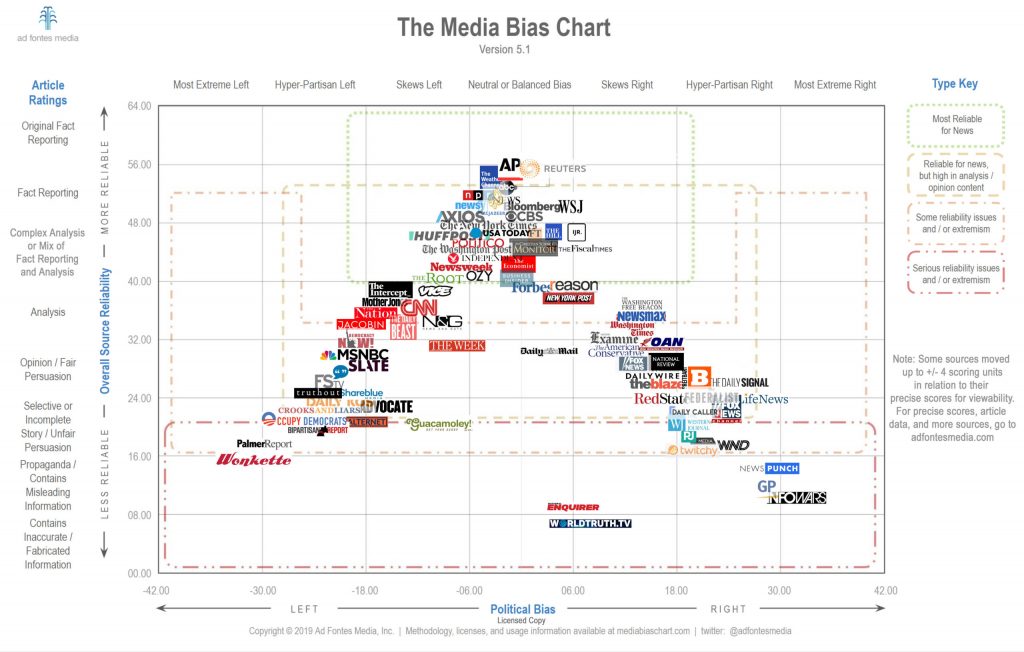
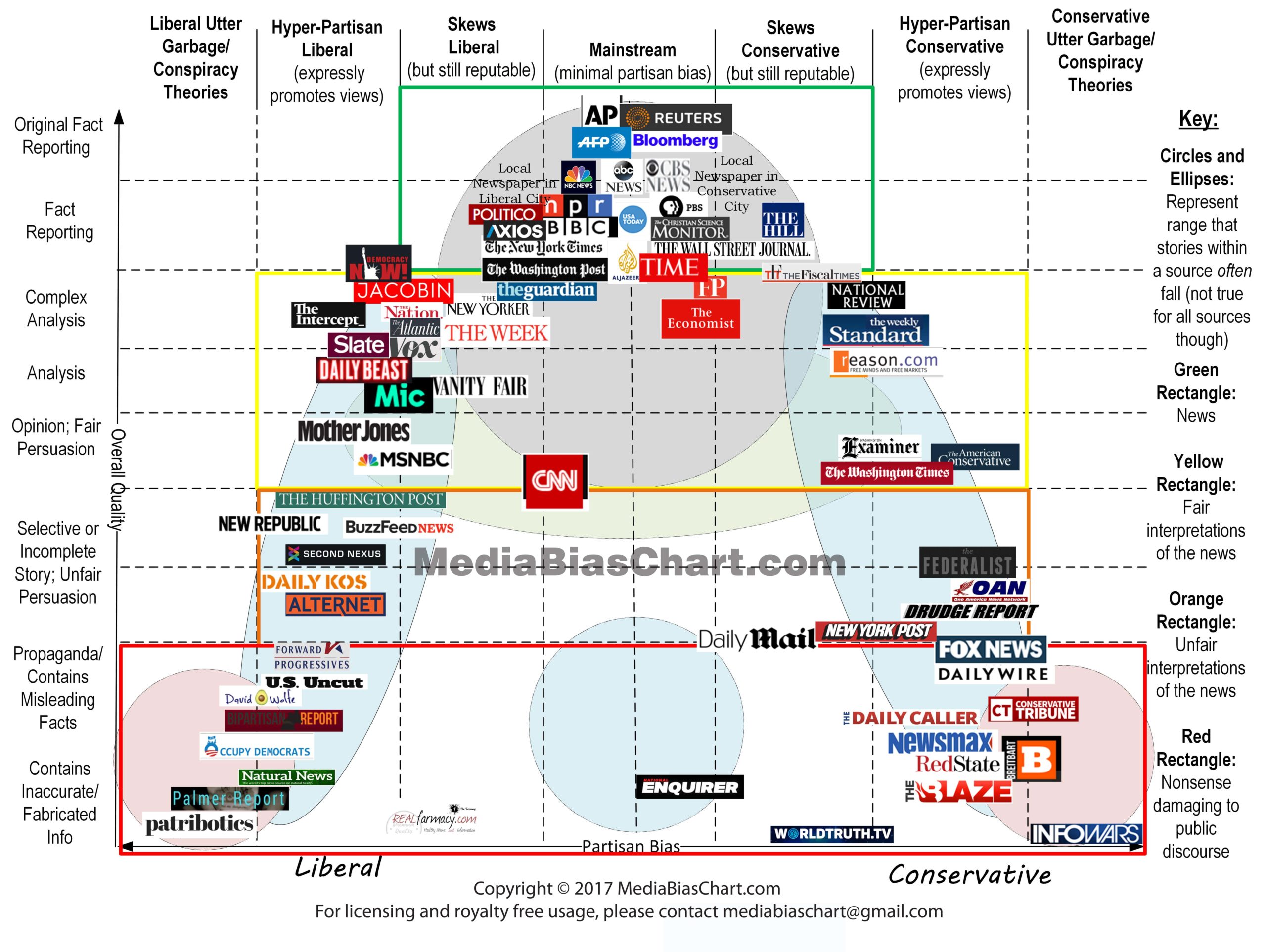
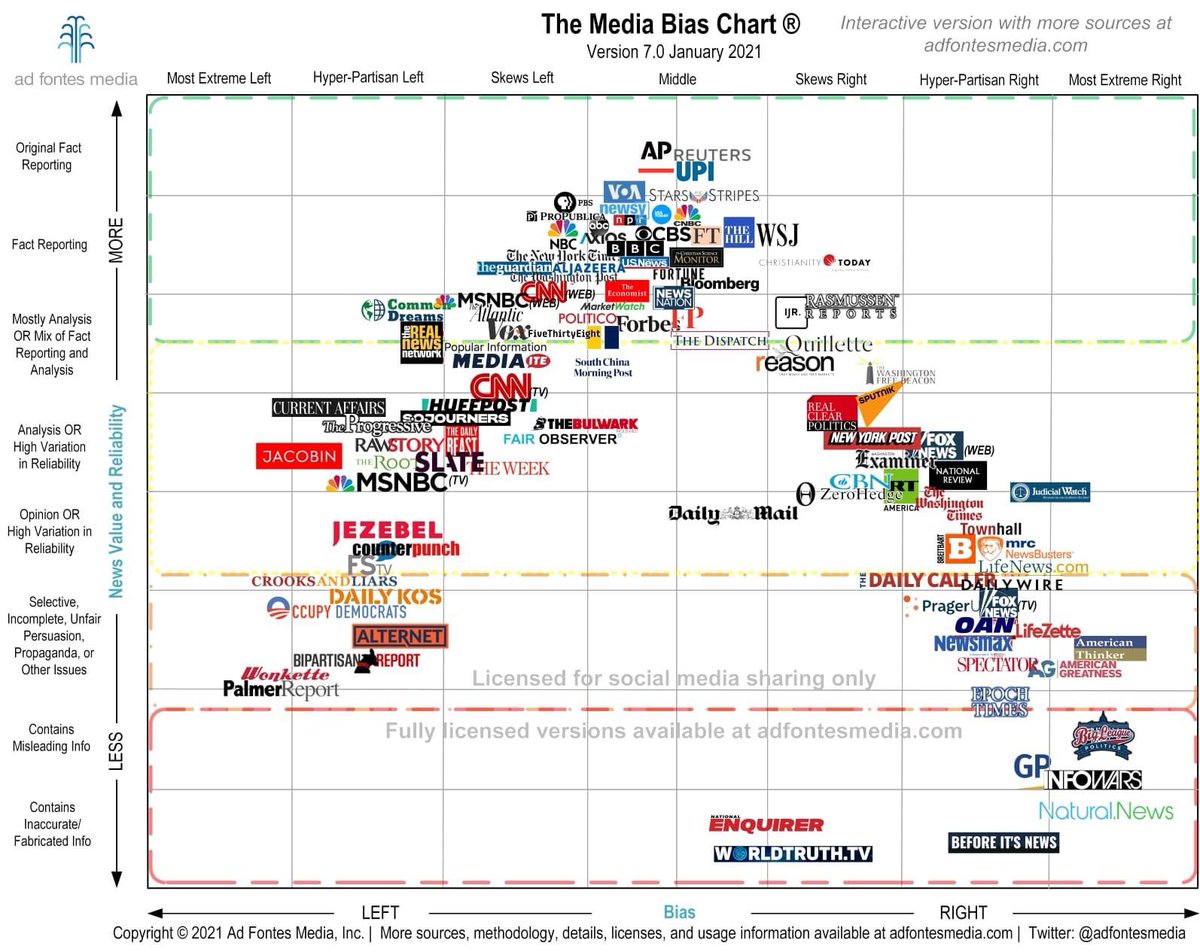
What is Media Bias?
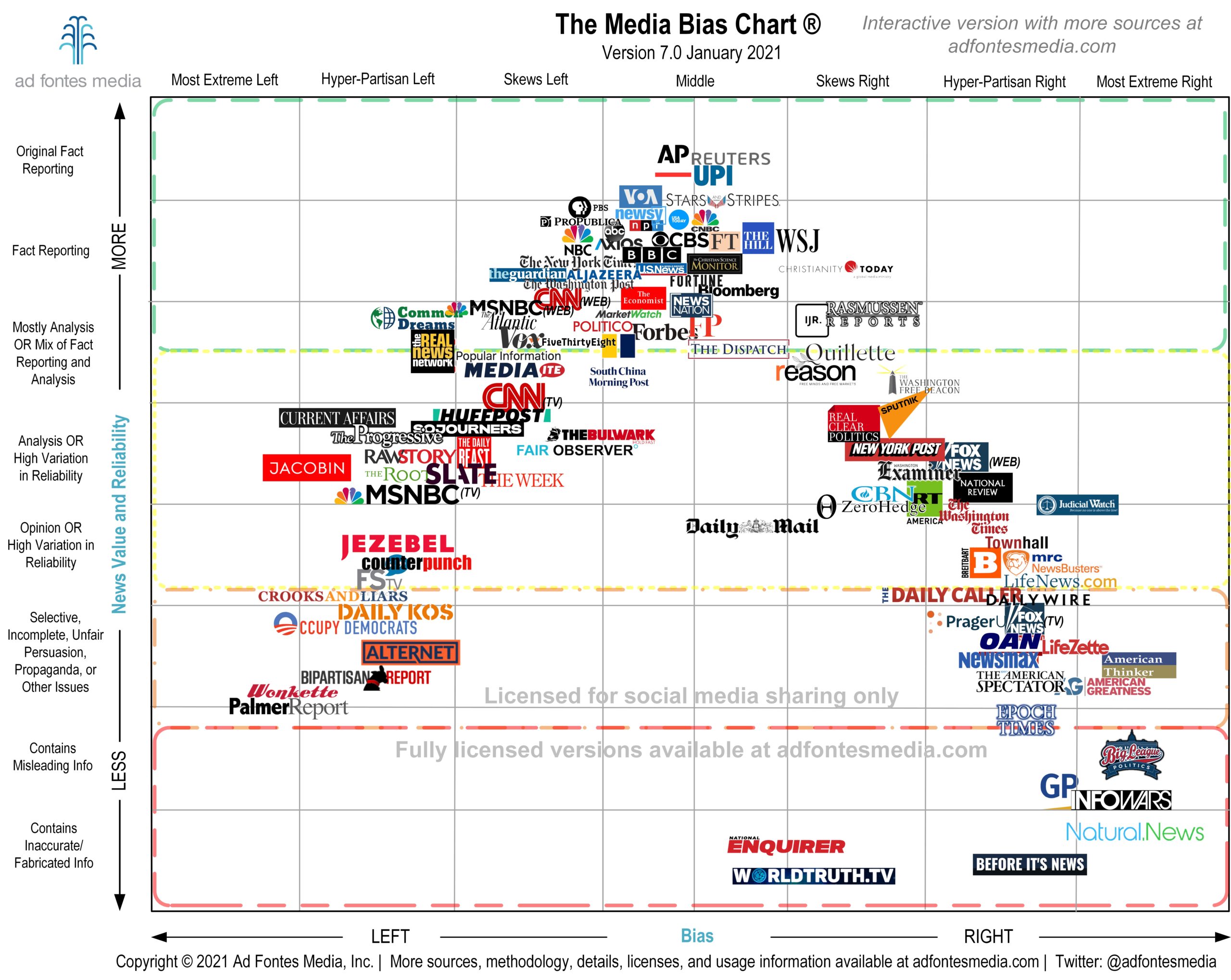

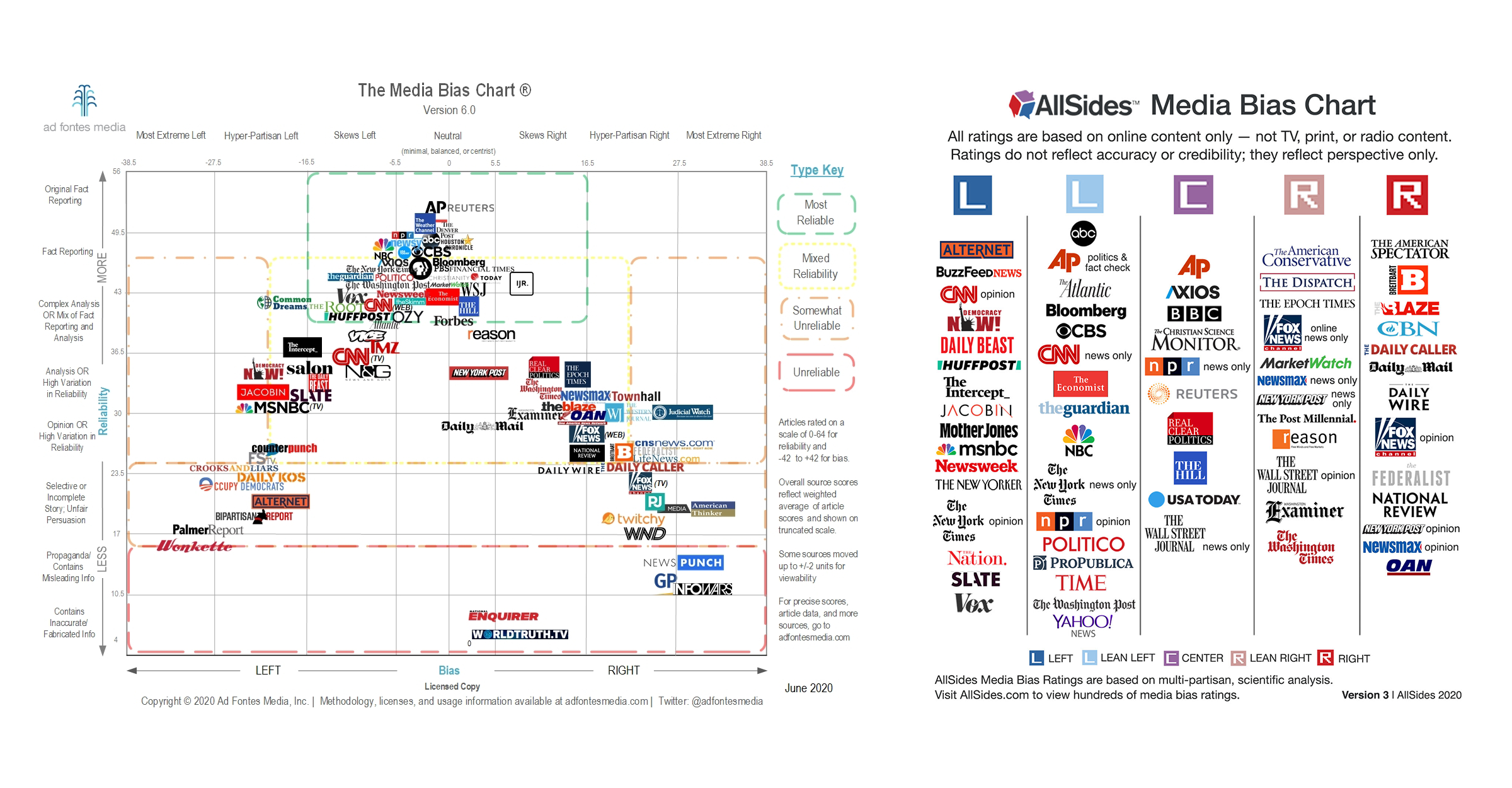

Why is Media Bias a Problem?
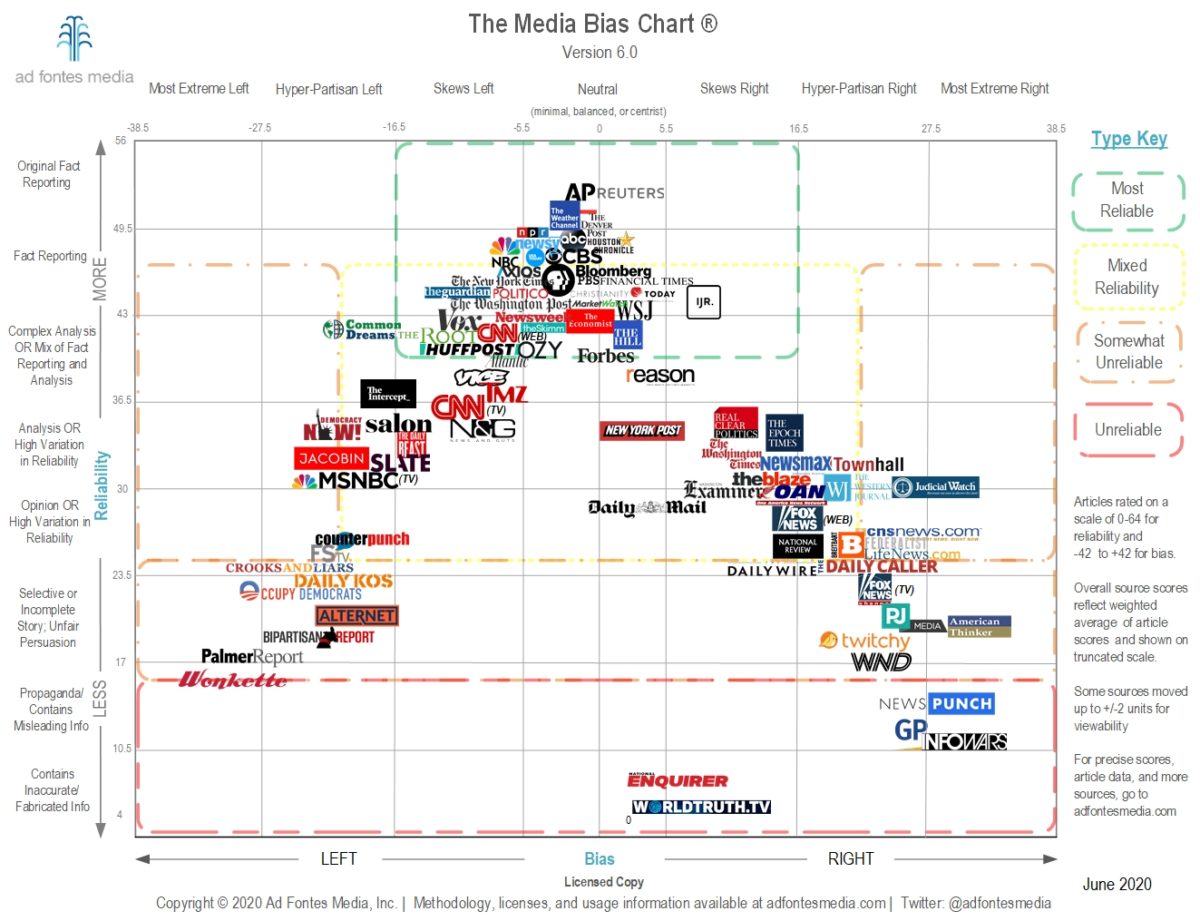

Fact-Checking Resources to the Rescue
Fortunately, there are numerous fact-checking resources available to help you navigate the complex world of media bias. Some notable examples include: Snopes: A reputable fact-checking website that debunks urban legends, myths, and misinformation. FactCheck.org: A project of the Annenberg Public Policy Center that aims to reduce the level of deception in US politics. Media Bias/Fact Check: A website that provides detailed analysis and ratings of various news sources based on their bias and factual accuracy.